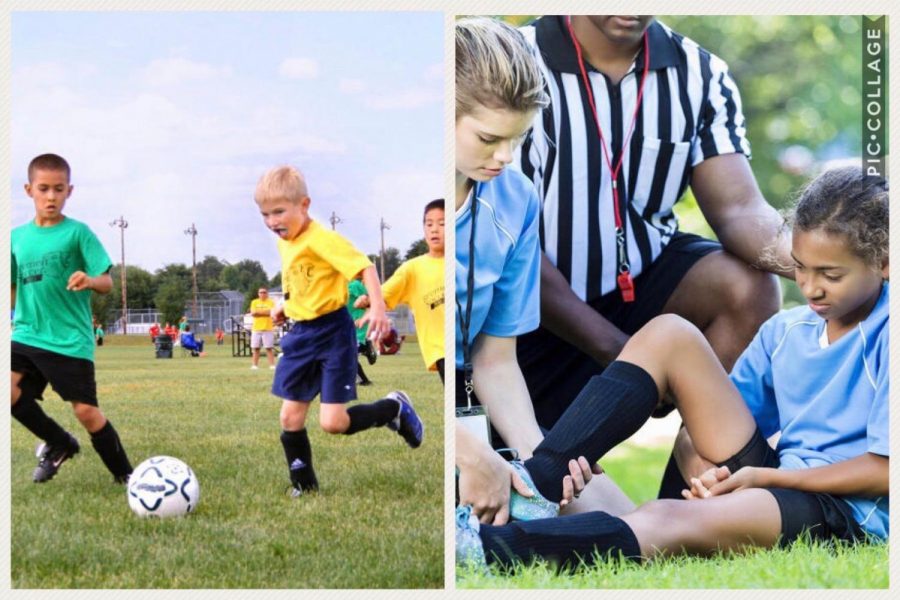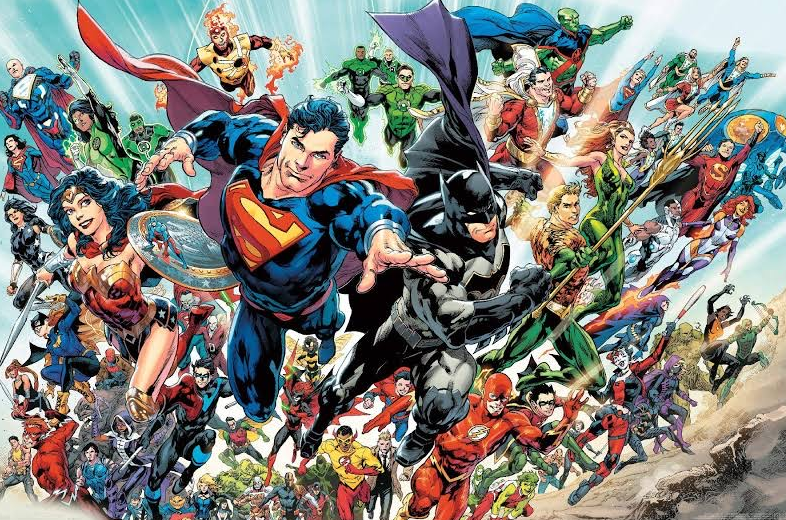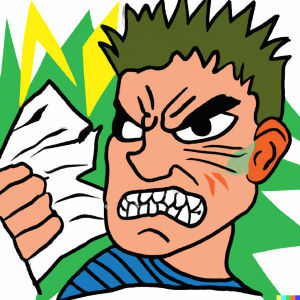Fun or Overdone? Childhood Sports
Is an integral part of a childhood recreation becoming too intense?
May 29, 2018
As soon as they can walk, parents enroll their kids in childhood sports. Soccer, basketball, t-ball, dance, tennis, etc. Little do they know however, what started out as a fun, recreational activity to teach their children the importance of teamwork would one day consume their lives.
During the first years of childhood sports, the obligations are minimal, usually one to two days a week for an hour each day. However, with increasing age comes increasing competition.
The average American family involved in childhood sports spends thirty weekends a year traveling for sports tournaments. But the commitments are not just weekends. Monday through Thursday is spent packing and preparing clothing, equipment, and food for the trip.
Additionally, many families have multiple children enrolled in different sports. This means they must travel to opposite ends of the country every weekend, losing valuable family bonding time.
Sooner or later, families find that their lives revolve around sports so much so that a new, nine billion dollar industry has evolved from it, the sports tourism industry.
Myrtle Beach, South Carolina is best known for its sandy shores and warm waters, but now more than ever, its tourist crowd is coming because of the fields, courts, and diamonds off the coast. Rather than a relaxing vacation site, Myrtle has become home of the tornication-a tournament that doubles as a family vacation.
Grand Park, Myrtle’s extreme sporting venue, consists of thirty-one outdoor soccer fields, three indoor soccer fields, and twenty-six baseball diamonds. Although it may sound insane, last year Grand Park had 1.2 million visitors who spent a total of 145 million dollars in the area.
While certainly not as large, Cranberry’s own Graham Park (Dick’s Sporting Goods Complex) is an extreme sporting venue of its own. With its thirteen lighted fields, three fitness stations, and indoor deck hockey rink, Graham Park is the ideal location for a local youth sports tournament.
Beneath these thousands of dollars and hours spent on competitive childhood sports, the main message is lost, having fun. Parents and coaches become so obsessed with winning and scholarships that they overlook their children’s best interests. This leads to both physical and emotional burnout amongst child athletes as young as nine or ten years old.
Early athlete burnout is mainly attributed to specialization. This means that instead of a child growing up playing soccer in the fall, basketball in the winter, and baseball or softball in the spring, they focus on one sport year round with practically no breaks.
This intense physical training becomes repetitive and boring. Children lose their passion for the game and may develop other interests that they want to explore.
Even if their heart is still in it, others are forced out of the sports industry due to continuous injuries. Now, more than ever, Anterior Cruciate Ligament (ACL) injuries have sidelined young soccer players and Tommy John surgeries have forced teenage pitchers to watch their teammates from the bench.
And these surgeries are not one and done ordeals. Even if a child is fortunate enough not to have a second surgery several years later, continual use can lead to severe arthritis at the age of thirty, limiting their physical activity for the rest of their lives.
According to NAI physical education teacher and youth sports coach Mr. Fuller, “Most kids I believe should play multiple sports at a young age and have fun doing them. I do not believe in just one sport at early age trying to be a professional athlete. Last study I saw showed that most professional athletes have played multiple sports through high school because they were good enough and did not want to burnout with day to day routines all year around. Overuse injuries are common with doing just one sport constantly year around. Changing training routines and multiple sports is the way I have guided my own kids and what I would recommend.”
A demanding lifestyle, thousands of dollars and hours spent, emotional exhaustion, physical injuries. These are the costs of intense childhood sports.
In the end, only 6% of all high school athletes go on to play in college, and only 2% of these athletes continue on to a professional career. Although the fame and success that comes with being a professional athlete is difficult to dismiss, is the stress and strain worth it?












